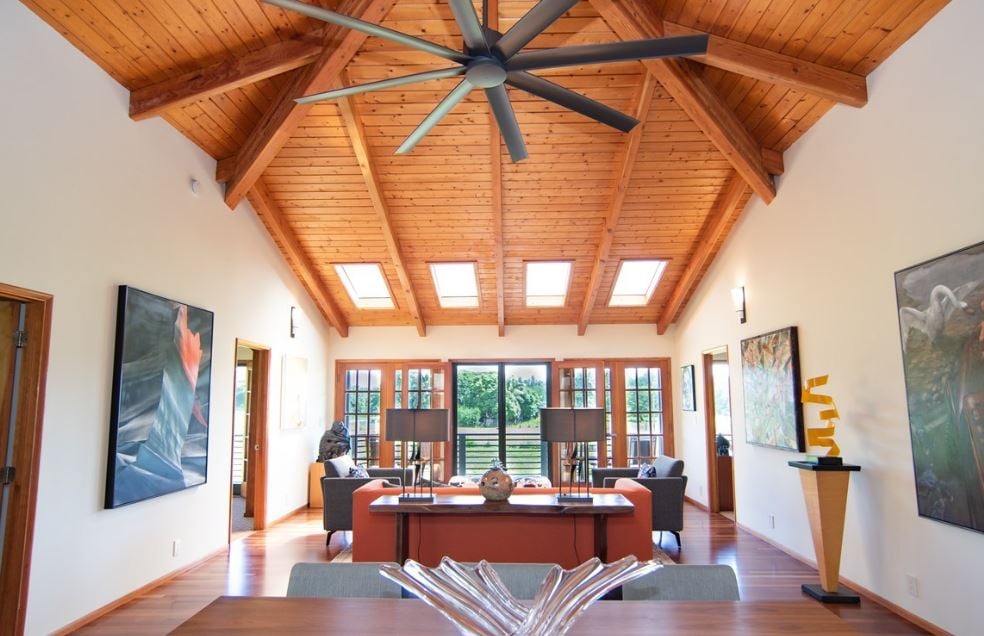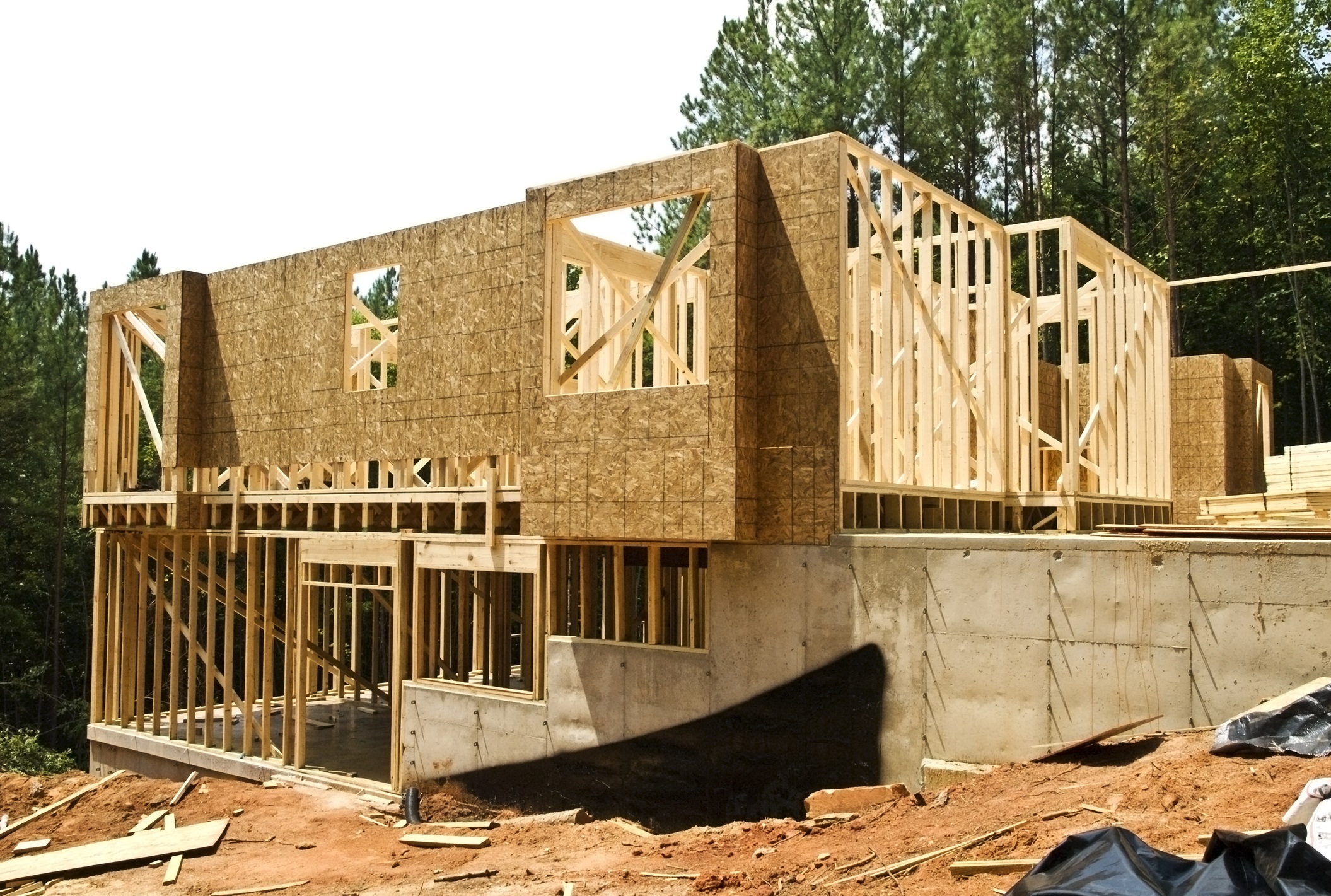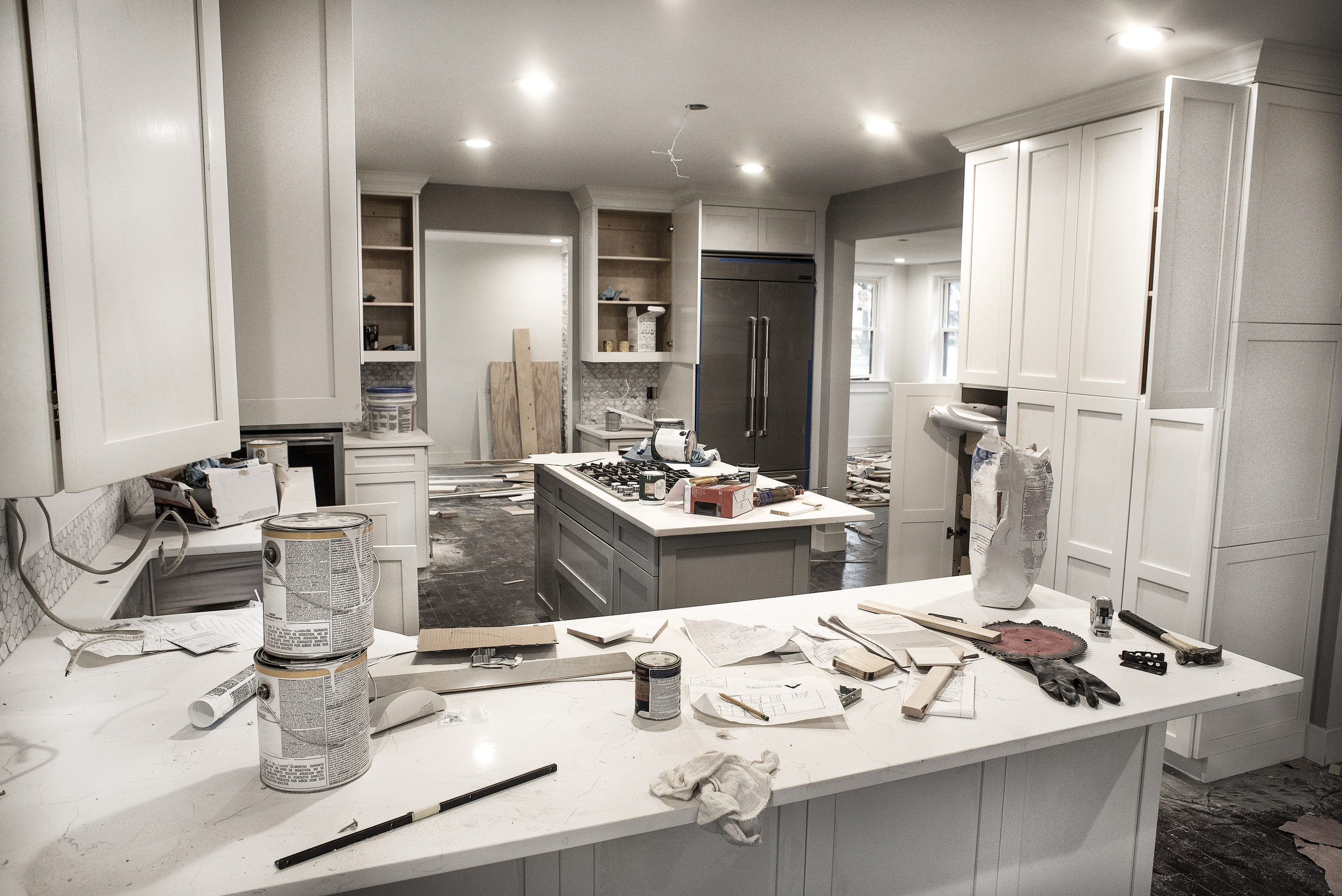How Do Fix and Flip Plus Rehab Payments Work?
If you're wondering how the payments on fix and flip plus rehab loans work, you’ve come to the right place. This blog post discusses how private...

If you’re acquiring a fixer-upper using a hard money loan, you should know how much money you'll need to flip the house. Most private money and hard money lenders require rehabbers and house flippers to have “skin in the game,” which includes cash for down payment, closing costs, and post-close liquidity.
This article will break down the numbers for you, using a sample $400,000 purchase price (AS-IS value), a $100,000 rehab budget and a $650,000 exit price, or after repair value (ARV). The loan structure is a very common fix and flip loan framework of 80/100:
80% Loan-to-Value (LTV) on the purchase ($320,000)
Here’s the loan structure:
Let’s break down the borrower’s cash requirements.
A $400,000 purchase at 80% LTV requires the buyer to contribute $80,000 for the down payment plus the entirety of the closing costs for both the loan and the buyer’s portion of the real estate transaction. This includes escrow, title insurance, recording fees, and other charges specific to that local market like excise tax, affordable housing fee, and more.
Below are the closing costs for our hypothetical $420,000 fix and flip loan:
$80,000 — down payment for $320,000 purchase loan portion
$8,400 — 2 points origination fee on the $420,000 total loan
$1,995 — underwriting, doc prep, fund control setup, etc.
$6,500 — title, escrow, recording, and other closing fees
$3,500 — builder’s risk insurance policy
$1,400 — daily loan per diem* ($320,000 x 10.50%/360 = $93.33/day x 15 days)
*Assuming the loan closed on the 15th day of the month.
In the chart below, the total cash the buyer needs to bring to closing is $101,795.
| $400,000 | $100,000 | $500,000 | $320,000 | $100,000 | $420,000 | $80,000 | $8,400 | $1,995 | $6,500 | $3,500 | $1,400 | $101,795 | ||||
Most hard money and private money lenders that offer 80/100 fix and flip plus rehab financing require borrowers to have post-close liquidity to ensure they can cover the monthly payments, estimated taxes and utilities on the property.
Post-close liquidity is money in checking, savings, or another account after paying the down payment and closing costs.
Some lenders only require six months of post-close liquidity while others require 12 months.
In the 12-month example below, you’ll notice the initial $320,000 purchase financing for the first two months, with no rehab draws disbursed.
In month three, however, the balance increases to $350,000 to account for $30,000 in rehab funds released to cover labor and materials for the project. The monthly payment also increases from $2,800 to $3,062.50.
In month five, an additional $30,000 in rehab funds are disbursed, increasing the loan balance to $380,000 before becoming fully funded in month seven at $420,000, with monthly payments increasing accordingly.
| $2,800.00 | $2,800.00 | $3,062.50 | $3,062.50 | $3,325.00 | $3,325.00 | $3,675.00 | $3,675.00 | $3,675.00 | $3,675.00 | $3,675.00 | $3,675.00 | $5,000.00 | $4,800.00 | $50,225.00 |
In this hypothetical scenario, the house flipper would need a total cash outlay of $152, 020 ($101,795 at closing plus an additional $50,225 post-close liquidity requirement).
Summary
In this article, we crunched the numbers for a house flip using 80/100 hard money purchase plus rehab financing on a $400,000 acquisition with a $100,000 rehab budget. Rehabbers need to come in with the down payment and closing costs for both the loan and their portion of the real estate transaction. Post-close, the borrowers must have liquidity to cover the costs of the loan, along with the property taxes and monthly utilities. Some lenders only require six months post-close liquidity while others require 12 months. The more liquidity, the better — preparing you to handle any unexpected problems or project delays common to flipping houses.

If you're wondering how the payments on fix and flip plus rehab loans work, you’ve come to the right place. This blog post discusses how private...

With a stage funding construction loan, the borrower only pays interest on the amount of money already disbursed. This means the borrower doesn't pay...

If you've always wanted to flip houses and just found a great deal on a fixer-upper that would make a perfect flip, your next step is to find the...